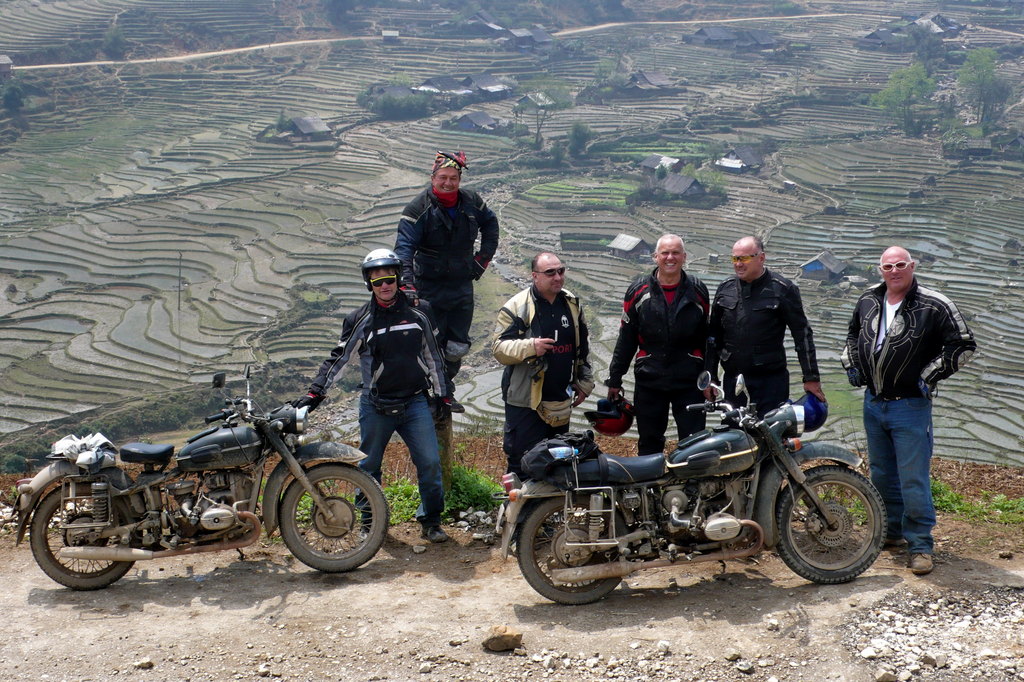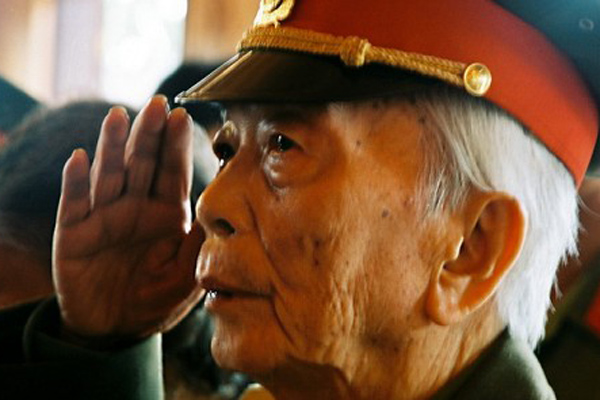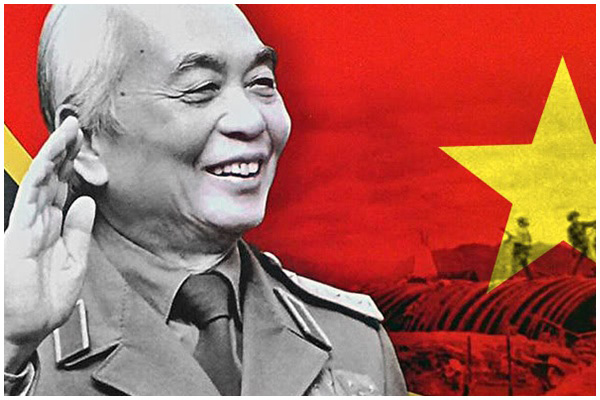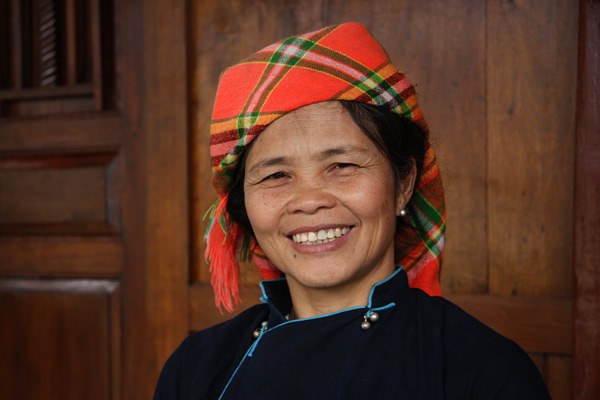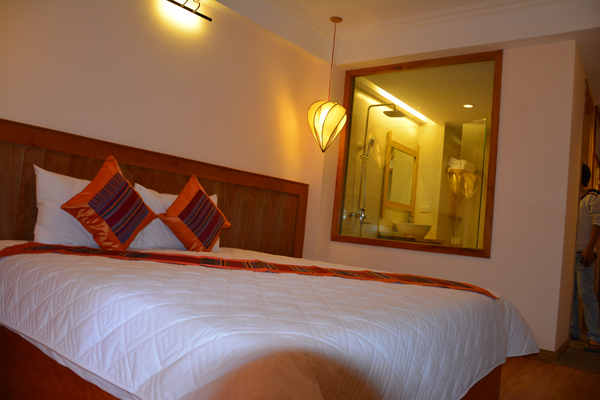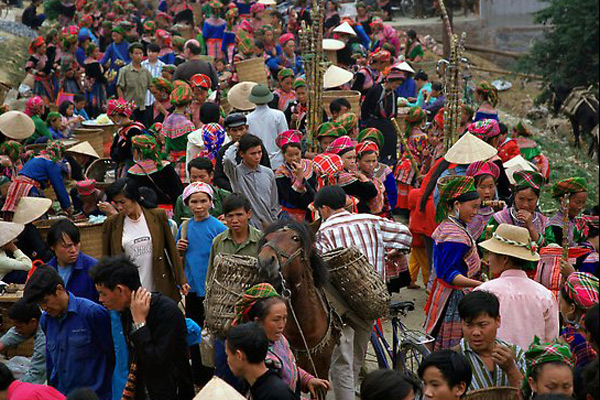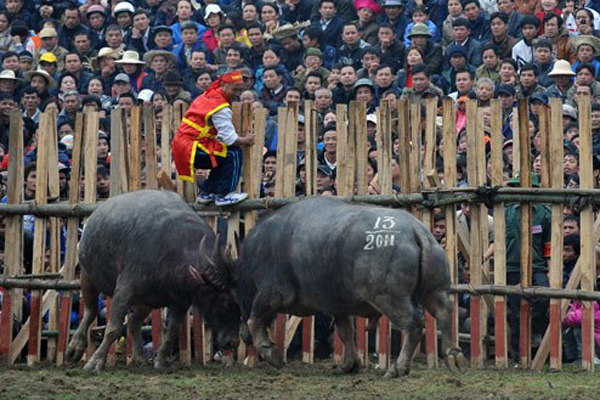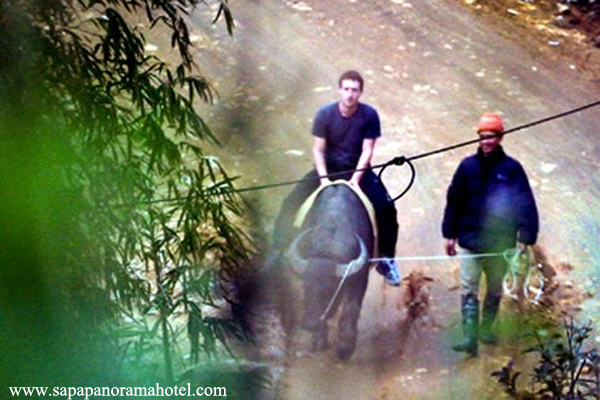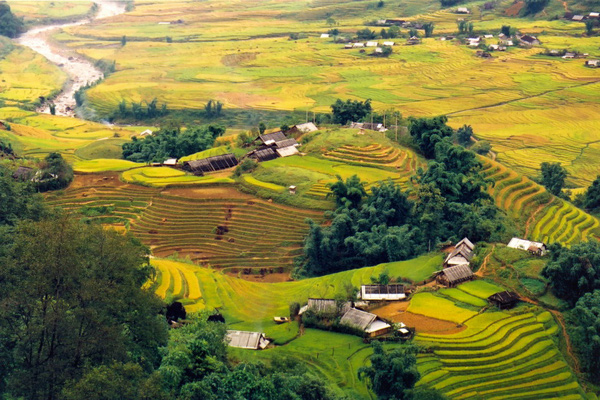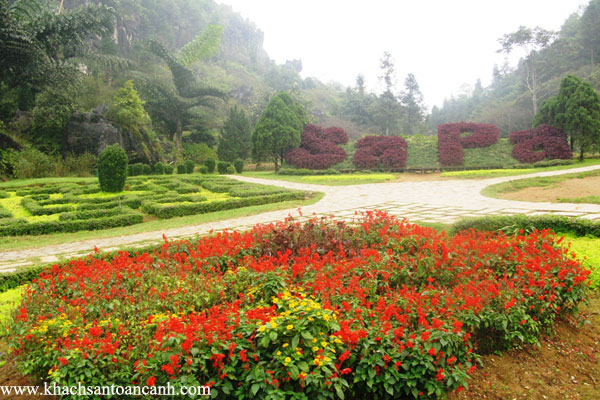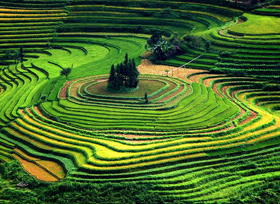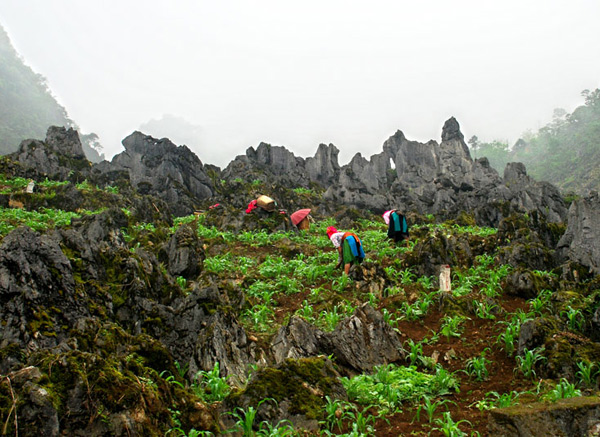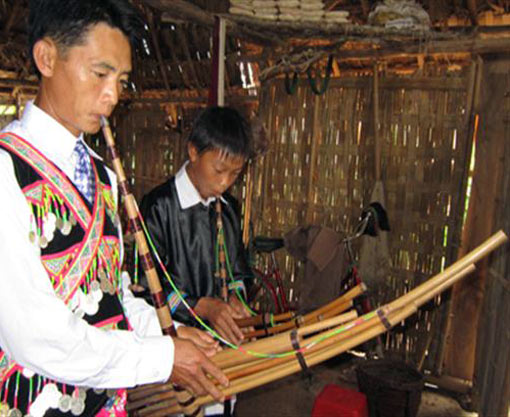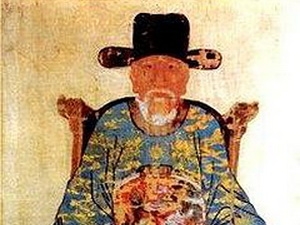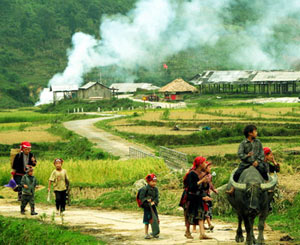IN THE NEWS
Giay ethnic group
Giay is their name for themselves. Neighboring Tribal peoples call them Giang, while the Vietnamese call them Nhang. There is one distinct subgroup who go by the name Pu Na. The 1974 census put the Pu Na total at 1,687, but they have been included with the Giay ever since. Pu Na means "farming people" in their dialect of the Tai-Thai language. The Giay are also known by a number of other names, to include: Sa Nhan, Pu-Nam, Chung Cha, Xa, Cui Chu and Pau Thin.
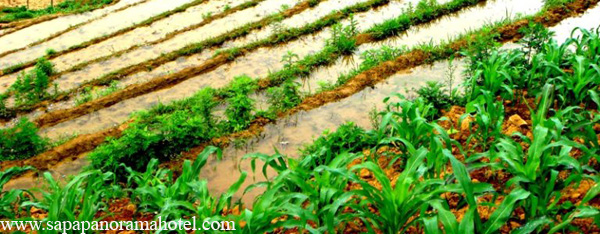
History: The earliest records of the Giay show them living in southwestern China, where many still live. About two centuries ago, many began migrating southward. They fled to Vietnam to escape persecution. This was about the time of the Black and Yellow Flag Wars in China, which may have caused them to make the decision to leave their homeland.
There seems to have been a second wave of departures two or three decades after the first. They lived in the community of the Bo Y peoples in China, and are often included in that people group. In Vietnam, however, they have become a distinct people, though often remaining in the general area of their Bo Y cousins.
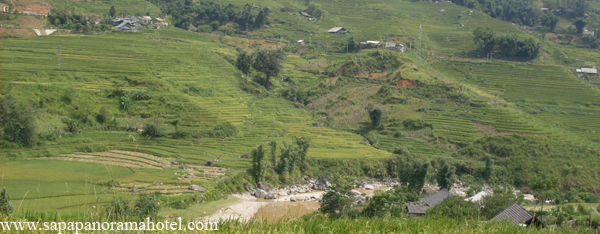
The Giay are similar in numerous ways to the Tay, Bo Y, Thai, and Nung people groups. They are all of the same language family. Customs, clothing, and their daily life all show a close relationship with the above people groups. They consider themselves a people distinct from the others, however, and close observation confirms their self-identification.
The Giay brought a class system with them from China, where upper classes had political control, and the lower classes were forced to pay heavy taxes and provided other services to their superiors. This system has been replaced by one in which all Giay are under the control of Vietnamese government officials. Oppressive self-government has been replaced by repressive central government, in other words.
How do they live? The Giay live in mountain valleys near their fields where they cultivate wet rice. They traditionally built houses on stilts, though today (particularly in Lao Cai and Lai Chau) they often build houses level with the ground. They also often have temporary houses near their fields, often occupied by the elderly, who have the job of protecting the crops. In areas where houses are being built on the ground, they use an upper level of the house as a drying place. Sometimes, though, a porch near the front of the house is used as the drying area. The Giay are also noted for weaving baskets and making bamboo objects for their own use. The Giay have enjoyed good relations with their neighbors. This despite the pressures of growing populations, caused mainly by lowland Vietnamese encroaching on areas inhabited by minority peoples. Natural resources in these areas are strained to their limits.
The interior of Giay houses is comprised of three rooms. The family altar is in the middle room of the three. Usually the front room is used for receiving guests, and the rear area is for the private use of the family. Otherwise, the houses found in Giay villages are not particularly unusual or different from those of other peoples in the area. Giay villages are very crowded, with some comprising hundreds of households. Fields in Giay areas are often cultivated in common, which is somewhat unusual. Most tribal peoples have resisted Communist pressures to adopt rural commune structures.
Giay society is based upon the nuclear family, which is patriarchal. Marriages are monogamous, and family lineage is reckoned through the male line. Women must be able to show that they are under the authority of a man. Wives are under their husband's authority, unmarried girls must obey their fathers, and widows defer to their sons.
Marriage. Marriage is thought of as a purchase of a bride for a young man of the family. Complex negotiations are conducted by both families, and the bride-price is expensive (and must be paid in silver). The agreement to the marriage is sealed by the giving of a silver necklace and bracelet. In addition, each relative of the bride must receive a chicken, a duck, and a silver coin. A common way around this expense is to arrange a "kidnapping" of the young girl, similar to the customs of the Hmong. The young couple will then present their elders with the marriage as an accomplished fact.
Birth. Giay women usually give birth in a squatting position. The birth room is furnished with an altar to invite the spirits to attend and bless the family. The placenta is saved and buried beneath the new mother's bed. When the baby is one month old, the parents arrange a ceremony to inform the ancestors of the birth. At this time a sorcerer is asked to consult a horoscope to learn the expected future of the child. An "age concordance" will be prepared which will give the predicted day and time of the child's marriage and death. A female godmother is appointed for sickly babies. Since the Giay believe that the souls of children will be reincarnated if they die while young, a mark is placed behind a child's ear to prevent this unwanted rebirth.
The Giay use handmade musical instruments similar to those used by their neighbors. They have a rich heritage of wise sayings, maxims and moral codes which are often cited to resolve conflicts. They do have a form of written language, though few are literate in it. They have many legends, humorous tales, epic verses, riddles and folk songs. They often sing stylized songs on such occasions as farewell songs, night songs, and feast songs.
Livelihood Agriculture, especially wet rice production, is the basis of the Giay society. They are noted for their skill in growing rice in irrigated terraced fields. But, in addition to rice growing, they also practice traditional slash-and-burn cultivation, used to grow corn (maize), potatoes, cassava, pumpkins, sweet potatoes, beans, and other vegetables. They do raise domestic livestock such as chickens, other poultry, pigs, and horses. Water buffalo are raised as draft animals. Their animals are usually allowed to roam at will through uncultivated lands surrounding the community. The weaving of baskets and tile making are specialties of the Giay. But they also weave cotton and make metal tools and silver jewelery. They mainly produce craft objects for their own use.
Customes:
Giay women normally wear a blouse that buttons at the side, below the right armpit. They also wear trousers, usually indigo in color. Their hair is worn in a bun or braids wound around the back of the head. They often wear a turban. Their costume is often woven of bright colors, with pinks, greens and blues perhaps the most common. Their clothing is decorated at the neck and hems with a strip of contrasting bright cloth. For festive occasions, they may wear clothing with embroidered motifs. They usually wear some form of jewelry, such as rings, necklaces, bracelets, earrings and chains.
Giay men wear clothing similar to the Viet, but for ceremonial occasions they wear turbans, indigo or blue trousers, with matching tunics, sometimes with embroidered hems.
Unreached People. The Giay in Vietnam are an unreached people group. There a small number of Catholics among the Giay in China; however, no known believers exist in Vietnam.
Their bondage is to a mix of traditions, but the dominant belief system is polytheism. Most of the Giay understand that life is more than materialism. They are correct in this belief. Unfortunately, they know no other way to deal with spiritual things than to try to worship or appease false gods and spirit beings that, if they exist at all, are demonic. Some of the younger generation have embraced atheism, probably due to their indoctrination under the Communist system of education.
Polytheism.
The Lahu practice a religion termed polytheism. But the religious world-view of the Giay, like most minority groups in Vietnam, is complicated. Their beliefs combine elements of Taoism, ancestor worship and animism, as well as other superstitious ideas. Polytheism is the worship of many gods. Animism holds that both living and non-living things possess spirits. These beliefs combine to create a life of bondage to and fear of the spirit world. The main deities that they worship through rituals are the spirit of heaven, the spirit of the earth and the spirit of the kitchen. They also worship ancestors, including the ancestors of the female side of the family, and consider them the family guardians. One other commonly-worshipped goddess is the Goddess of Childbirth. Some of these deities are derived from Taoism.
Taoist Painting:
Ancestor worship. Like the Tay, Nung and many other minority people, the Giay worship their ancestors. They believe that the spirits of their ancestors can assist and bless them. They worship not only their parents, but also more distant ancestors on both sides of the family. An exception may be made in the case of serious illness. In that event, the previous three generations may be entreated for help and healing. The altar dedicated to worship of the parents is located in their homes at the head of their bed.
Other Beliefs.
Each Giay village has a “forbidden forest” where the biggest tree is considered sacred. Twice each year the spirit of the village is worshipped at the foot of the tree. Whenever these rituals take place, outsiders and visitors are strictly forbidden to enter the village. Bamboo barricades are erected at the entrances of the village to keep strangers away. Parts of sacrificed animals are then hung from the tree; pig or buffalo ears, chicken’s feet, and tufts of animal hair are commonly used.
Funerals.
The Giay believe the universe is comprised of three separate levels. The upper level is the abode of spirits and the souls of the deceased. It is a beautiful and glorious place. The middle strata contains humans, animals and this world, while the lowest level is situated under the earth, a place of evil and wickedness. When there is a death, the immediate family has the responsibility to conduct a proper funeral to make sure that the soul is escorted to the upper level. If the funeral is not done correctly, the soul will be doomed to the third level underground. Their customs mandate that the dead be kept in the home for three to five days before burial. They fear that some evil power might steal the body on the way to the burial place, so the funeral procession proceeds very rapidly -- some even run! If a person dies a violent death, burial must take place immediately. The Giay mourn their father for 90 days and their mother for 120 days. During the period of mourning, they do not shave or cut their hair. Just before the Lunar New Year festival, a ceremony to end the mourning is held, regardless of the date of death.
Christian Witness.
Because of their isolation, the Giay in Vietnam have never heard a clear presentation of the claims of Jesus Christ. The are no strong Christian communities near them. They have been overlooked by local Christians, generally. Despite the few Giay Christians in China, Christian materials are not available. No Giay version of the Jesus film is available, and there are not even gospel recordings. No Giay Bible has been translated nor are there radio broadcasts.
This means that the Christian literature needs of the Giay have received little to no attention from the Christian community. They remain spiritually isolated.
There seems to have been a second wave of departures two or three decades after the first. They lived in the community of the Bo Y peoples in China, and are often included in that people group. In Vietnam, however, they have become a distinct people, though often remaining in the general area of their Bo Y cousins.

A conner of Ta Van village
The Giay are similar in numerous ways to the Tay, Bo Y, Thai, and Nung people groups. They are all of the same language family. Customs, clothing, and their daily life all show a close relationship with the above people groups. They consider themselves a people distinct from the others, however, and close observation confirms their self-identification.
The Giay brought a class system with them from China, where upper classes had political control, and the lower classes were forced to pay heavy taxes and provided other services to their superiors. This system has been replaced by one in which all Giay are under the control of Vietnamese government officials. Oppressive self-government has been replaced by repressive central government, in other words.
How do they live? The Giay live in mountain valleys near their fields where they cultivate wet rice. They traditionally built houses on stilts, though today (particularly in Lao Cai and Lai Chau) they often build houses level with the ground. They also often have temporary houses near their fields, often occupied by the elderly, who have the job of protecting the crops. In areas where houses are being built on the ground, they use an upper level of the house as a drying place. Sometimes, though, a porch near the front of the house is used as the drying area. The Giay are also noted for weaving baskets and making bamboo objects for their own use. The Giay have enjoyed good relations with their neighbors. This despite the pressures of growing populations, caused mainly by lowland Vietnamese encroaching on areas inhabited by minority peoples. Natural resources in these areas are strained to their limits.
The interior of Giay houses is comprised of three rooms. The family altar is in the middle room of the three. Usually the front room is used for receiving guests, and the rear area is for the private use of the family. Otherwise, the houses found in Giay villages are not particularly unusual or different from those of other peoples in the area. Giay villages are very crowded, with some comprising hundreds of households. Fields in Giay areas are often cultivated in common, which is somewhat unusual. Most tribal peoples have resisted Communist pressures to adopt rural commune structures.
Giay society is based upon the nuclear family, which is patriarchal. Marriages are monogamous, and family lineage is reckoned through the male line. Women must be able to show that they are under the authority of a man. Wives are under their husband's authority, unmarried girls must obey their fathers, and widows defer to their sons.
Marriage. Marriage is thought of as a purchase of a bride for a young man of the family. Complex negotiations are conducted by both families, and the bride-price is expensive (and must be paid in silver). The agreement to the marriage is sealed by the giving of a silver necklace and bracelet. In addition, each relative of the bride must receive a chicken, a duck, and a silver coin. A common way around this expense is to arrange a "kidnapping" of the young girl, similar to the customs of the Hmong. The young couple will then present their elders with the marriage as an accomplished fact.
Birth. Giay women usually give birth in a squatting position. The birth room is furnished with an altar to invite the spirits to attend and bless the family. The placenta is saved and buried beneath the new mother's bed. When the baby is one month old, the parents arrange a ceremony to inform the ancestors of the birth. At this time a sorcerer is asked to consult a horoscope to learn the expected future of the child. An "age concordance" will be prepared which will give the predicted day and time of the child's marriage and death. A female godmother is appointed for sickly babies. Since the Giay believe that the souls of children will be reincarnated if they die while young, a mark is placed behind a child's ear to prevent this unwanted rebirth.
The Giay use handmade musical instruments similar to those used by their neighbors. They have a rich heritage of wise sayings, maxims and moral codes which are often cited to resolve conflicts. They do have a form of written language, though few are literate in it. They have many legends, humorous tales, epic verses, riddles and folk songs. They often sing stylized songs on such occasions as farewell songs, night songs, and feast songs.
Livelihood Agriculture, especially wet rice production, is the basis of the Giay society. They are noted for their skill in growing rice in irrigated terraced fields. But, in addition to rice growing, they also practice traditional slash-and-burn cultivation, used to grow corn (maize), potatoes, cassava, pumpkins, sweet potatoes, beans, and other vegetables. They do raise domestic livestock such as chickens, other poultry, pigs, and horses. Water buffalo are raised as draft animals. Their animals are usually allowed to roam at will through uncultivated lands surrounding the community. The weaving of baskets and tile making are specialties of the Giay. But they also weave cotton and make metal tools and silver jewelery. They mainly produce craft objects for their own use.
Customes:
Giay women normally wear a blouse that buttons at the side, below the right armpit. They also wear trousers, usually indigo in color. Their hair is worn in a bun or braids wound around the back of the head. They often wear a turban. Their costume is often woven of bright colors, with pinks, greens and blues perhaps the most common. Their clothing is decorated at the neck and hems with a strip of contrasting bright cloth. For festive occasions, they may wear clothing with embroidered motifs. They usually wear some form of jewelry, such as rings, necklaces, bracelets, earrings and chains.
Giay men wear clothing similar to the Viet, but for ceremonial occasions they wear turbans, indigo or blue trousers, with matching tunics, sometimes with embroidered hems.
Unreached People. The Giay in Vietnam are an unreached people group. There a small number of Catholics among the Giay in China; however, no known believers exist in Vietnam.
Their bondage is to a mix of traditions, but the dominant belief system is polytheism. Most of the Giay understand that life is more than materialism. They are correct in this belief. Unfortunately, they know no other way to deal with spiritual things than to try to worship or appease false gods and spirit beings that, if they exist at all, are demonic. Some of the younger generation have embraced atheism, probably due to their indoctrination under the Communist system of education.
Polytheism.
The Lahu practice a religion termed polytheism. But the religious world-view of the Giay, like most minority groups in Vietnam, is complicated. Their beliefs combine elements of Taoism, ancestor worship and animism, as well as other superstitious ideas. Polytheism is the worship of many gods. Animism holds that both living and non-living things possess spirits. These beliefs combine to create a life of bondage to and fear of the spirit world. The main deities that they worship through rituals are the spirit of heaven, the spirit of the earth and the spirit of the kitchen. They also worship ancestors, including the ancestors of the female side of the family, and consider them the family guardians. One other commonly-worshipped goddess is the Goddess of Childbirth. Some of these deities are derived from Taoism.
Taoist Painting:
Ancestor worship. Like the Tay, Nung and many other minority people, the Giay worship their ancestors. They believe that the spirits of their ancestors can assist and bless them. They worship not only their parents, but also more distant ancestors on both sides of the family. An exception may be made in the case of serious illness. In that event, the previous three generations may be entreated for help and healing. The altar dedicated to worship of the parents is located in their homes at the head of their bed.
Other Beliefs.
Each Giay village has a “forbidden forest” where the biggest tree is considered sacred. Twice each year the spirit of the village is worshipped at the foot of the tree. Whenever these rituals take place, outsiders and visitors are strictly forbidden to enter the village. Bamboo barricades are erected at the entrances of the village to keep strangers away. Parts of sacrificed animals are then hung from the tree; pig or buffalo ears, chicken’s feet, and tufts of animal hair are commonly used.
Funerals.
The Giay believe the universe is comprised of three separate levels. The upper level is the abode of spirits and the souls of the deceased. It is a beautiful and glorious place. The middle strata contains humans, animals and this world, while the lowest level is situated under the earth, a place of evil and wickedness. When there is a death, the immediate family has the responsibility to conduct a proper funeral to make sure that the soul is escorted to the upper level. If the funeral is not done correctly, the soul will be doomed to the third level underground. Their customs mandate that the dead be kept in the home for three to five days before burial. They fear that some evil power might steal the body on the way to the burial place, so the funeral procession proceeds very rapidly -- some even run! If a person dies a violent death, burial must take place immediately. The Giay mourn their father for 90 days and their mother for 120 days. During the period of mourning, they do not shave or cut their hair. Just before the Lunar New Year festival, a ceremony to end the mourning is held, regardless of the date of death.
Christian Witness.
Because of their isolation, the Giay in Vietnam have never heard a clear presentation of the claims of Jesus Christ. The are no strong Christian communities near them. They have been overlooked by local Christians, generally. Despite the few Giay Christians in China, Christian materials are not available. No Giay version of the Jesus film is available, and there are not even gospel recordings. No Giay Bible has been translated nor are there radio broadcasts.
This means that the Christian literature needs of the Giay have received little to no attention from the Christian community. They remain spiritually isolated.
Other news
- Black H’mong Ethnic Group (15/06)
- Red Dzao ethnic group (15/06)
- Tay ethnic group (15/06)
- Xa Pho ethnic group (15/06)
News category
Check Available Online
























